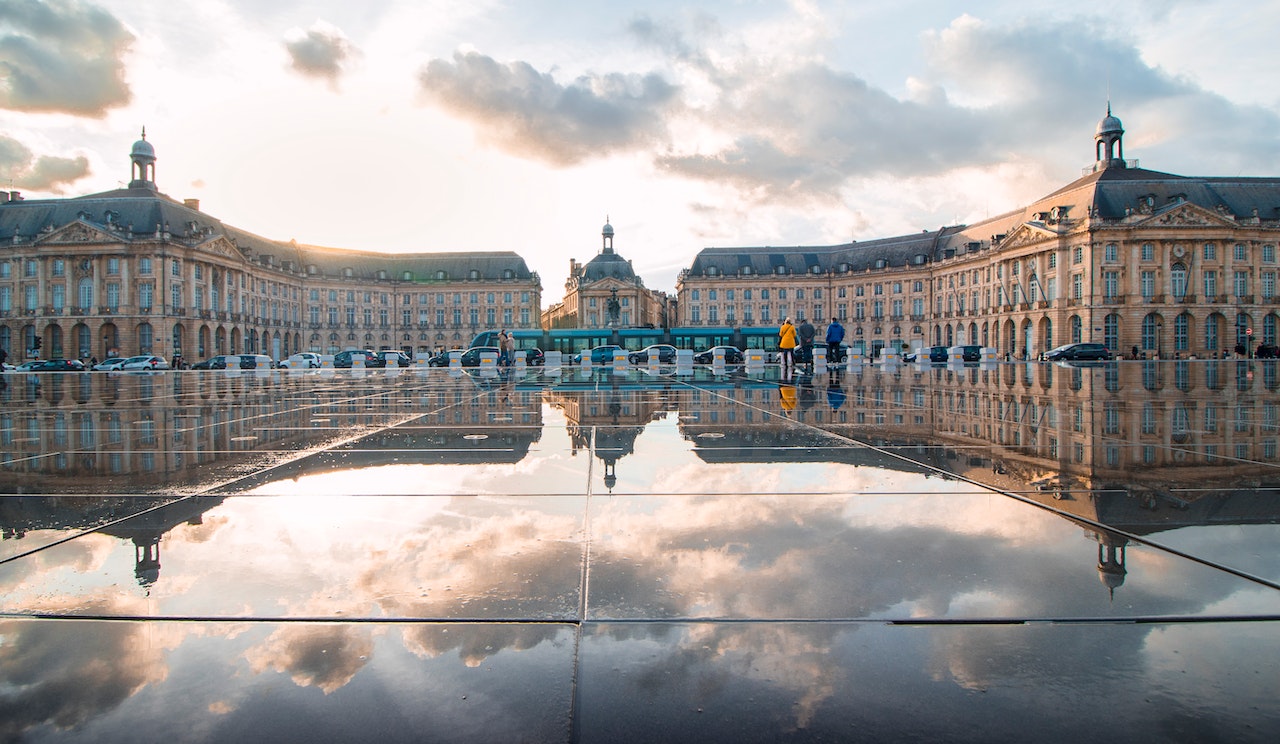Collections of art, scientific instruments, historical relics, and peculiarities have attracted the curiosity and imaginations of people around the world since ancient times. The museum as an institution developed in antiquity and evolved over the years to encompass and celebrate all aspects of human society, science, art, and history. Museums are vital to the study of the past, how the natural world works, and how cultures have grown and interacted with each other. Museums educate and they inspire.
To celebrate the importance of museums to the preservation of human civilization, we’ve gathered some historical facts about these great institutions:
1. The word museum comes from the Greek “mouseion,” the temples dedicated to the Muses and the arts they inspired. Around the 4th century BC, Aristotle founded a mouseion at his Lyceum school for the collection of specimens for his zoological studies.
2. The Museum of Alexandria, erected by Ptolemy I Soter around 300 BC, was the most famous museum of the ancient world. It was distinct from the great Library of Alexandria, but just as vital to the protection and spread of knowledge in the ancient world.
3. The modern museum began to take shape during the Renaissance, as a renewed interest in classical art and architecture drove wealthy merchant and banking families to form collections of art as status symbols.
4. The first pope to establish a collection of art at the Vatican was Julius II, whose reign began in 1503. His own collection, which included an excavated marble statue of Apollo (now known as the Apollo Belvedere and thought to be a Roman copy of a lost Greek bronze), was brought to the Vatican where it became a pillar of the Belvedere Sculpture Gardens.
5. The first public museum in England was the Ashmolean Museum, named after the antiquary Elias Ashmole. The remains of a dodo, which later inspired Lewis Carroll in Alice’s Adventures in Wonderland, was one of the oddities included in this collection.
6. The British Museum, established by an Act of Parliament in 1753, was originally housed in a large mansion in Bloomsbury, and for nearly half a century, it required a formal application for admission.
7. Originally housed in existing buildings such as palaces or monasteries, the museum building emerged as its own distinct type of building in the 18th century. Today, museum buildings are considered works of art in their own right, such as Frank Lloyd Wright’s Guggenheim Museum in New York City or Frank Gehry’s Guggenheim Museum in Bilbao, Spain.
8. Museology is the term that describes the wide-ranging and fascinating study of collection curation (the care and management of objects in museum collections) and the presentation of museums’ collections to the public for educational and research purposes.
9. By nature of their offices, the Vice President and Chief Justice of the Supreme Court of the United States serve as two of the 14 trustees that govern the Smithsonian Institution. This includes the National Air and Space Museum, which is one of the most visited museums in the world.
10. The Hague Convention for the Protection of Cultural Property in the Event of Armed Conflict was signed in May 1954, the first of multiple international conventions and agreements to protect art and monuments during times of war.
